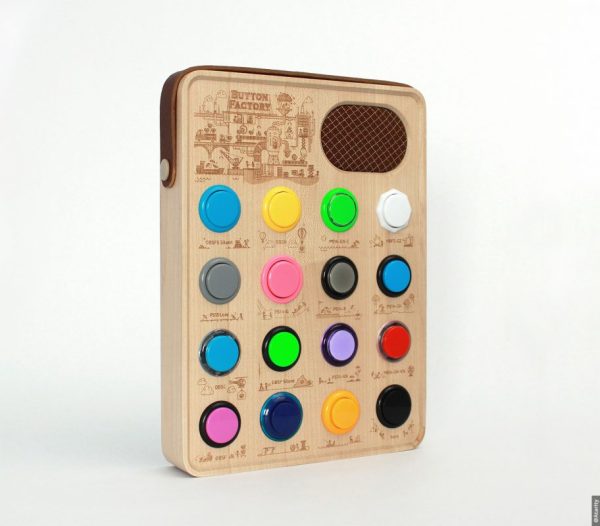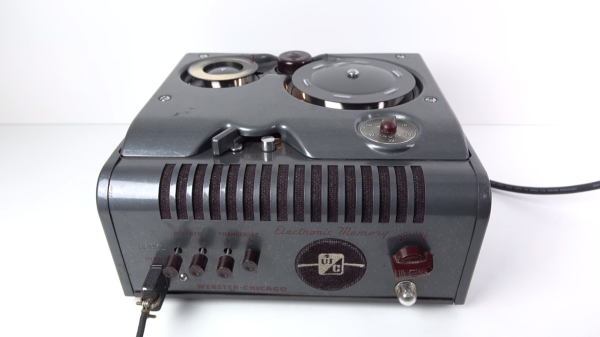A plague of locusts descends on your garden, and suddenly you realize grasshoppers are very hard to catch. Grasshoppers are nature’s perfect collision avoidance system, and this is due to a unique visual system that includes neurons extending directly from the eye to the animal’s legs. For this Hackaday Prize entry – and as a research project for this summer at Backyard Brains, [Dieu My Nguyen] is studying the neuroscience of grasshopper vision with stabs and shocks.
We visited Backyard Brains about two years ago, and found three very interesting projects. The first was a project on optogenetics, or rewiring neurons so flies taste something sweet when they’re exposed to red light. The second was remote-controlled cockroaches. Number three will shock you: a device that allowed me to expand my megalomania by shocking people with the power of my mind. It’s not all fun and games, though. This grasshopper neuron probe will use the Backyard Brains SpikerBox to investigate when those neurons are activated in response to a stimuli.
The utility of looking at the common grasshopper to learn about collision and object avoidance may not be very apparent at first. The more you learn about neuroscience, the more apparent the biological connection to common computer vision tasks becomes. That makes this a great research project and an excellent entry into the Hackaday Prize.












 Generally speaking, gold leaf is incredibly fragile. In this process to yield the cleanest looking leaf the gold is not actually cut. Instead, the temporary tattoo film and backer are cut on a standard desktop vinyl cutter. The gold leaf is then applied to the entire film surface. The cut film/leaf can then be “weeded” — removing the unwanted portions of film which were isolated from the rest by the cutting process — to complete the temporary tattoo. The team tested this method and found that traces 4.5 mm or more thick were resilient enough to last the entire day on your skin.
Generally speaking, gold leaf is incredibly fragile. In this process to yield the cleanest looking leaf the gold is not actually cut. Instead, the temporary tattoo film and backer are cut on a standard desktop vinyl cutter. The gold leaf is then applied to the entire film surface. The cut film/leaf can then be “weeded” — removing the unwanted portions of film which were isolated from the rest by the cutting process — to complete the temporary tattoo. The team tested this method and found that traces 4.5 mm or more thick were resilient enough to last the entire day on your skin.








